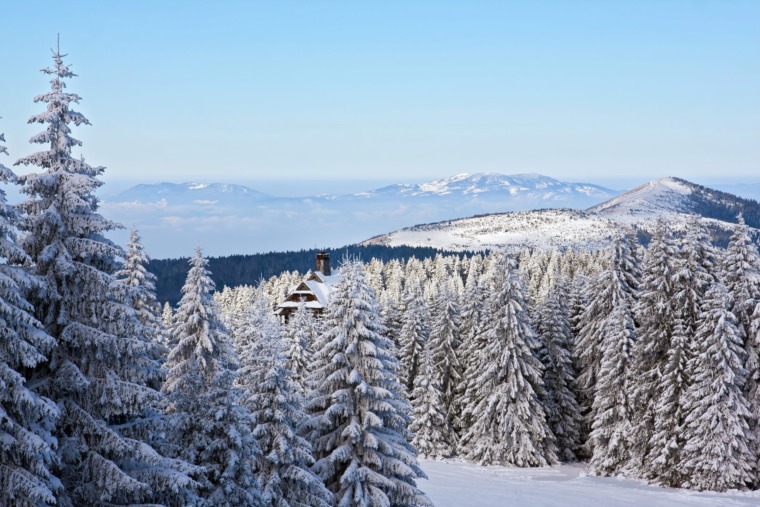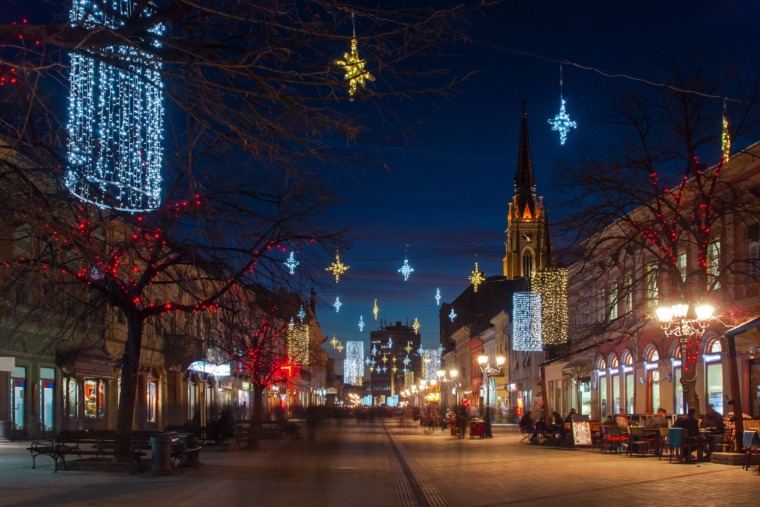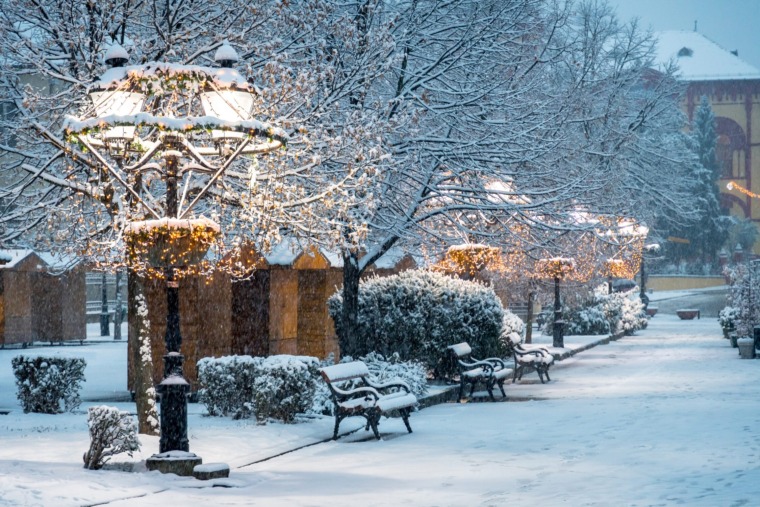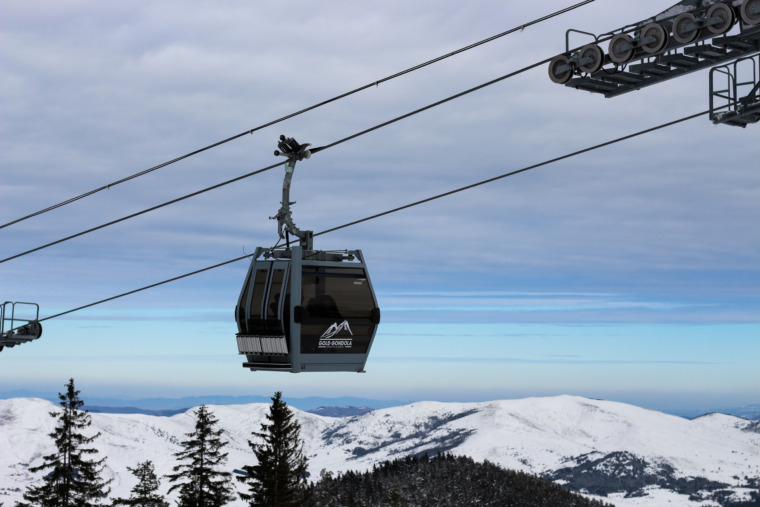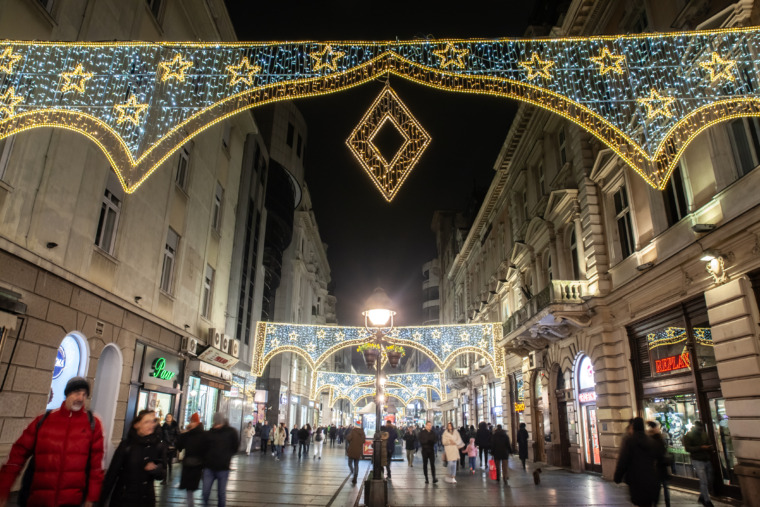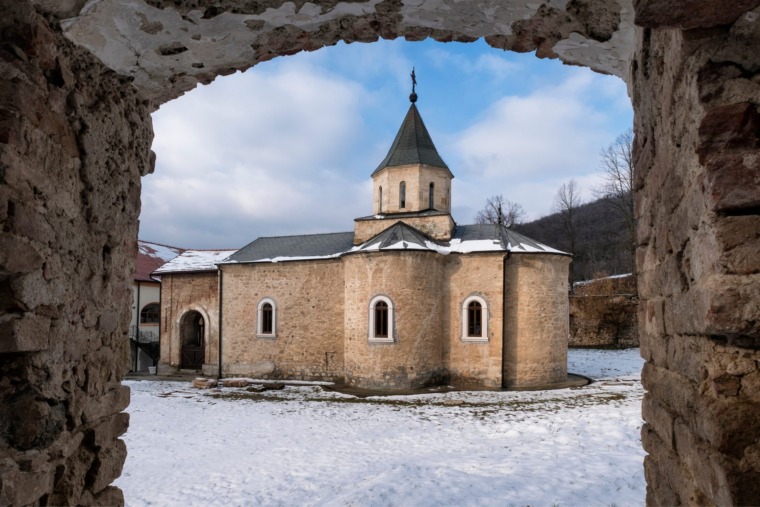
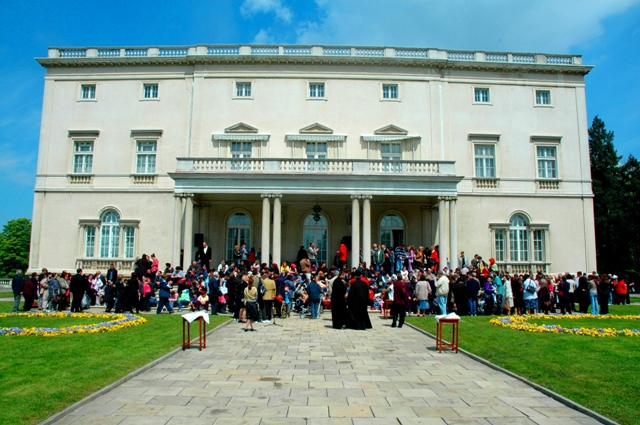
The Royal Compound of the Karadjordjević Royal Family including the Royal Palace, the White Palace, the Chapel of Saint Apostle Andrew The First-Called and supporting objects, is located at the highest hill in Dedinje, the luxurious urban settlement in Belgrade. The Karadjordjević family still lives in a part of the complex, while the other part of the compound is open for visitors
Set in lush greenery at the very highest point of Dedinje, the royal compound has a magnificent view on Belgrade and Avala. The Royal Palace is the oldest building at the compound.
By the order of king Aleksandar I Karadjordjević, the first monarch of the Kingdom of Serbs, Croats and Slovenes, the construction of the façade of the palace made of white marble from the island of Brač was finished in 1929. The Palace was built in the Serbian-Byzantine style according to the plans of architect Živojin Nikolić and academic Nikolai Krasnov, Russian imperial architect.
The Renaissance ground floor of the Royal Palace includes the Library, the King’s office, the Golden Salon, the Great dining room and the Atrium. The Blue Salon with the painting “Venus and Adonis” by Nicolas Paussin is truly exceptional.
The wine cellar was transformed into a billiard salon, furthermore there is also “the men’s room”, the only place in the palace where smoking was allowed. This is where the king used to enjoy card games with his closest friends and a glass of wine from his wine cellars in Oplenac.
Private living quarters occupy the first floor of the palace. Today the family of Prince Aleksandar II lives here. The ceilings and walls of the basement are luxuriously decorated and inspired by the Moscow Kremlin. Here is the Hall “The wedding of the Emperor Dusan” with hand whitened verses of the old Serbian national poem on the ceiling.
Different kind of residents in the Royal Compound
After the World War II the new communist government of Yugoslavia proclaimed all members of the Karadjordjević family (who were already in exile) enemies of the state, they were deprived of citizenship and their properties were confiscated.
A new tenant moved in – the lifetime president of Yugoslavia, Josip Broz Tito. During his 35 years long governance some of the most significant world leaders of the time, such as the King Juan Carlos I of Spain, the British Queen Elisabeth, the Emperor of Ethiopia Haile Selassie and others visited the palace.
Photos, paintings and monuments from that time are still being kept at the royal compound. Neither the symbols of the communist Yugoslavia on the walls and ceiling decorations, silverware and chandeliers, that replaced the ones from the time of the monarchy, were removed.
After the disintegration of Yugoslavia the president Slobodan Milošević lived here. After that the royal complex was ceded to Prince Aleksandar II and his family in 2001.
The basement and the “Room of whispers” are particularly attractive sections of the Royal Palace. The basement has dimed red and green lights, and it was decorated with motifs from Russian fairy tales by prominent artists. There is a fountain inspired by the “Fountain of tears” in The Khan’s Palace in Bakhchisaray in Crimea on the left in the Room of Whispers. The murmur of water would quell the voices so that the conversations couldn’t be heard.
The Royal Cinema Room is the first private cinema in the country, and the oldest film kept here is the film “Coronation of King Petar I from 1904”.
The Royal Palace and the Royal Chapel of Saint Apostle Andrew The First-Called are connected by a colonnade of pillars. The interior of the Chapel is decorated by Russian painters.
On the left from the entrance gate of the compound, a path leads through an alley to the White Palace. The king Aleksandar I desired this to be the residence for his sons Petar (the future king), Tomislav and Andrej. However, he didn’t live to see the construction completed – he was murdered in Marseilles in 1934.
The juvenile king Petar II became the new owner of the Palace, and the completion of the White Palace was taken over with great dedication by his uncle, prince regent Pavle.
The great Ceremonial hall and several salons decorated in the style of Luis XV and Luis XVI with Venetian chandeliers are located at the ground floor of the white classicism building. The prince loved reading, and the Royal library has around 35,000 books in numerous world languages. The ceremonial dining room exudes elegance and it is decorated in the style of Chippendale, the English Rococo furniture.
Next to the White Palace, there are garage and barracks of the royal guard, also the complex includes the pavilion of sculptor Ivan Meštrović as well as the building of Maršalat.
It is interesting to mention that king Aleksandar couldn’t stand the smells coming from the kitchen so he gave the order for the kitchen to be set in a separate building that is connected with the dining room by a 90 m long underground corridor. Not far from there is the Straw House that queen Marija, Romanian princess and king Aleksandar’s wife, used as her art studio.
Great royal parks are decorated according to the ideas of landscape architect Eduardo Andre, celebrated by his works in Luxemburg, Rome, Monte Carlo and Montevideo.
Visits to the Royal Compound
Visits to the Royal Compound are possible only with guided tours that need to be scheduled in advance, and they include the two hour tour through the complex. More information: http://www.royalfamily.org/palaces/visit_yu.html.
Related Articles

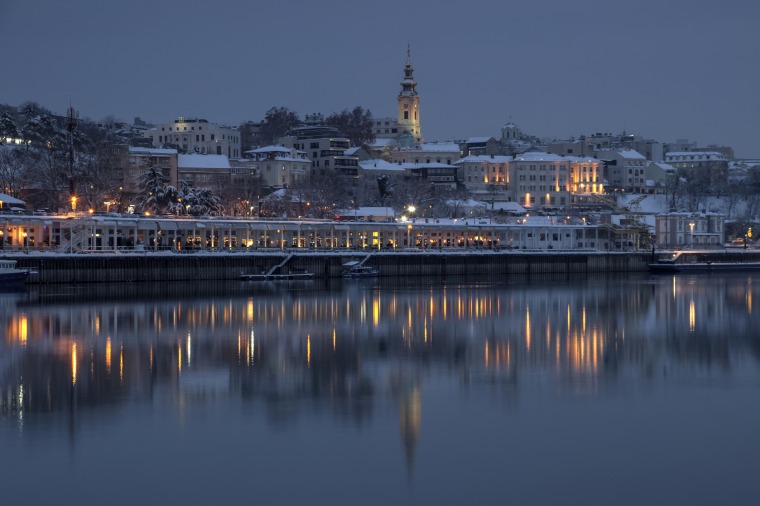
Belgrade in December: A City of Lights, Warmth, and Holiday Magic
December 5, 2025